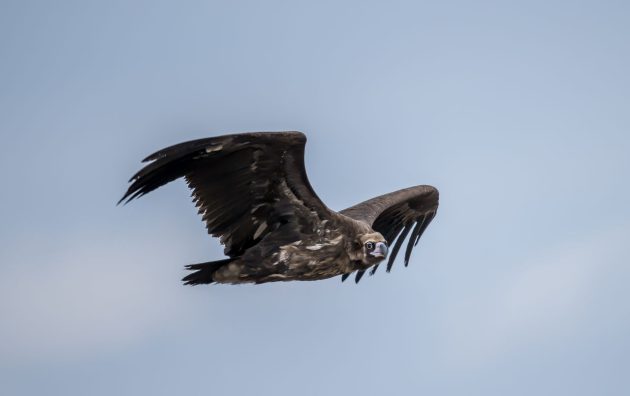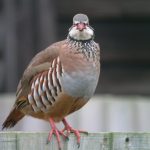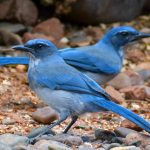
Juvenile Cinereous Vultures are wimps, or to use a German word, “Warmduscher”. While the breeding adults stay near their nest all year, the juveniles migrate south and spend the winter in warmer places.

One such sissy showed up on Chongming Island in early December. With such low resistance to colder temperatures in their summer habitat, it is not surprising the species is listed as Vulnerable.

For some reason, the local magpies and rooks seemed rather curious about the newcomer, gathering close and seemingly excitedly discussing its qualities.

While most of the Chinese bird photographers gathered behaved responsibly, a few tried to get closer and closer to the bird on foot. It turned out the bird had eyes … and flew off. The only good bit about this was that the bird flew in my direction (it was not worried about me in the car) … so I got some flight shots. Still, I would have preferred to have the vulture stay longer.

A curious feature I noticed about the bird is the color of its eyelids – blueish? Where does it get its cosmetics?

Monks in rich monasteries eat a lot of dead meat. Probably this is why the scientific name of the Cinereous Vulture is Aegypius monachus.

How do you politely say that your scientific study was not well-thought-through and did not give relevant results? If this source can be a guide, a good phrase could be “A major fraction of the variability of breeding success was not explained by the factors considered”. And yes, this is a study about Cinereous Vultures.

The same paper also has the puzzling sentence “Social conflict between conservationists and forest managers who employ local people in nonproductive forestry tasks could easily be resolved by conducting silviculture-related practices in areas that are unimportant for conservation”. What are nonproductive forestry tasks? Counting acorns on the ground? And why would anybody want to pay for such nonproductive tasks?

Anyway, back to the Cinereous Vulture. How to attract them with food? Yes, other scientists have asked that question. The answer: “The number of cinereous vultures that come to feed on the carcasses is related to the quantity of biomass present and to the types of pieces of the provided food”.

What does this mean outside of the language of scientific papers? The first part is easy – more food means more vultures. Similar to a bigger McDonald’s restaurant presumably getting more customers, though this logic may be flawed.

The second part is explained in the paper in more detail: “Cinereous Vultures prefer individual, medium-sized muscular pieces and small peripheral scraps of meat and tendon.” Sounds a bit icky, but yes – the number of vultures attracted depends on the type of food provided.

One type of food is a bit special, at least to humans – as described in a paper from 1991: “In Xizang and Qinghai the Cinereous Vulture is one of the species that feed on the corpses of humans put out on the celestial burial platforms when they die”. While I would prefer to be eaten by cats after my death, this would probably be my second choice.

If human carcasses are not available, Cinereous Vultures may also resort to cannibalism (source), though I have been told by members of the species that humans taste better, unless they are very old.

Even though I am a management consultant myself, I find it somewhat sad when papers about the effect of wind farms on Cinereous Vultures adopt the same stupid language my clients expect me to use: “Our ‘win-win’ approach is appropriate to other potential conflicts”.

An underappreciated threat to the well-being of Cinereous Vultures is from wine drinkers. A paper found that cork harvesting in breeding areas of the vulture can lead to the abandonment of nests. I did not find any paper indicating any negative effect of drinking beer on Cinereous Vultures.

And it tastes better, too.


















Excellent.
It looks its beak is blueish as well. Magnificent!
I too, tire of the irresponsible ‘let’s get closer’ Chinese photographers!
You should try fishing with Chinese fishermen, catch a fish and they almost sit on your shoulder because my bit of ocean has more fish than theirs!
Great flight shots by the way!
https://www.linkedin.com/posts/spea—sociedade-portuguesa-para-o-estudo-das-aves_lifeaegypiusreturn-lifeabutrepreto-vultures-activity-7270860429466222593–JSA?utm_source=share&utm_medium=member_desktop
The return of the Cinereous Vultures to Portugal